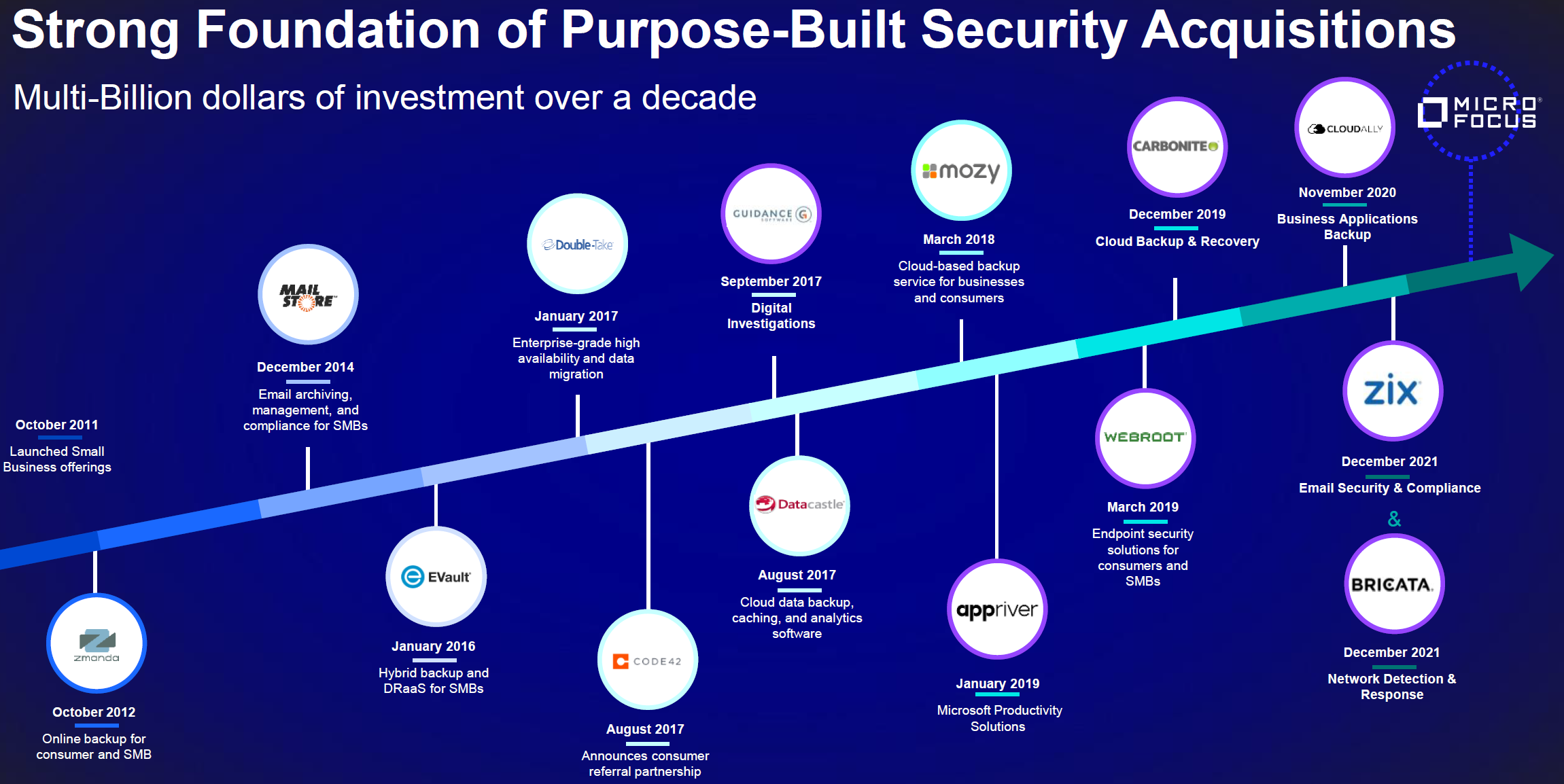According to a survey of 2035 businesses conducted by Techaisle, cybersecurity breaches cost SMBs (1-999 employees) an average of US$1.2 million in data, productivity, compliance and regulatory expenses, and staffing costs. In contrast, upper-midmarket firms (1000-4999 employees) suffered an average loss of US$28.6 million. The research also revealed that 56% of SMBs and 88% of upper midmarket firms experienced at least one cyberattack in the past year.
SMBs and midmarket firms recognize that a security breach can have significant business implications. When asked about the potential impact of a breach, 54% of firms stated that it would damage their customers’ privacy, 49% believed it would erode customer trust in their business, and 44% saw it as damaging to their company’s reputation. Nearly one-quarter reported that a breach would have a substantial negative impact on their bottom line. Security is not just an issue but also a critical factor in defending against threats to trust, compliance, and financial viability.
Security is a critical concern for SMBs and midmarket firms. While technology is essential for productivity, growth, and profitability, it also exposes businesses to potentially devastating security breaches. Many SMB firms practice “security through obscurity,” hoping that attacks will target larger organizations while they keep a low profile. However, with enough hackers, scammers, and cybercriminals to go around, every conscientious SMB executive must address security threats and take action to safeguard their business against other threats, such as loss of customer trust, compliance with laws and regulations, and loss of financial solvency.
Techaisle survey indicates that SMBs have IT security on their agendas, with 85% of SMBs and 100% of upper midmarket firms considering it a critical concern. A closer look at the findings shows that other important issues for SMBs, such as cloud and hybrid work, cannot be implemented without an effective security approach.


















